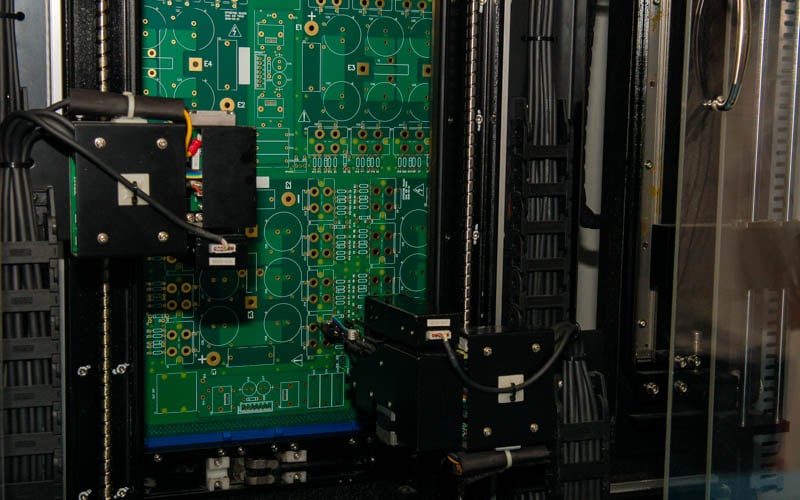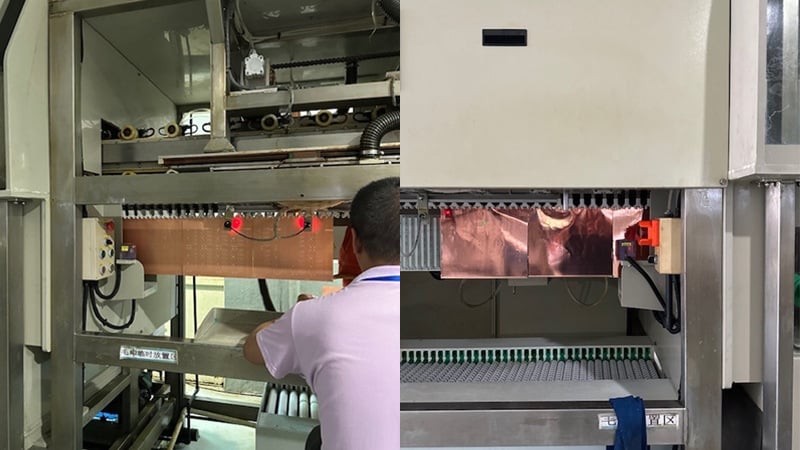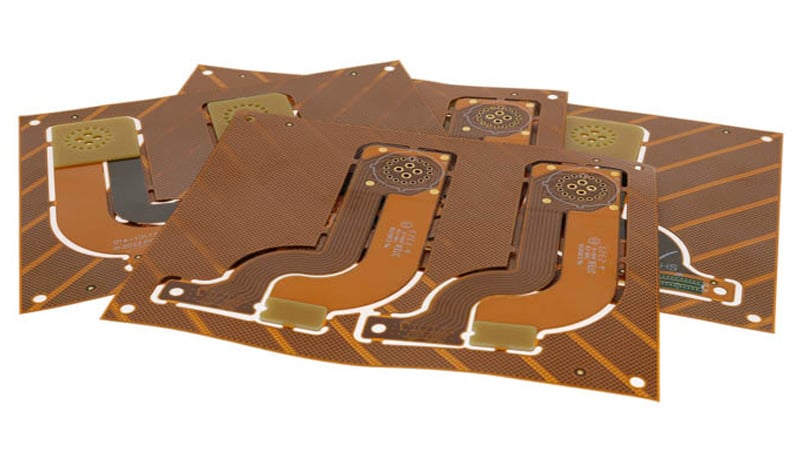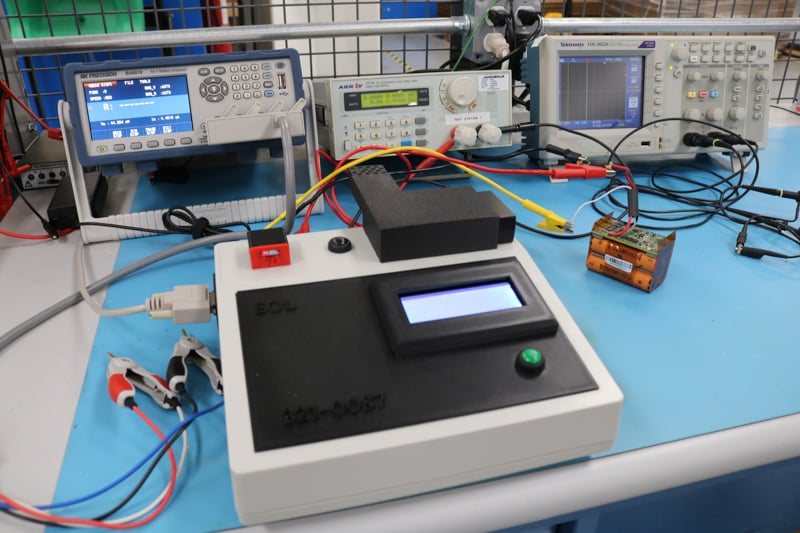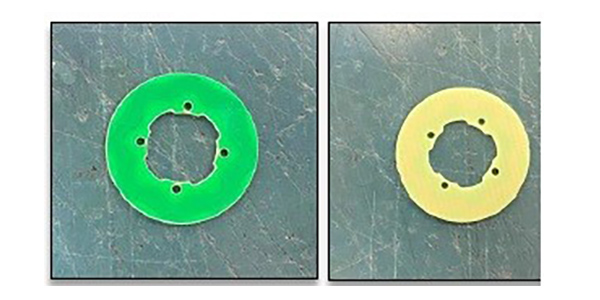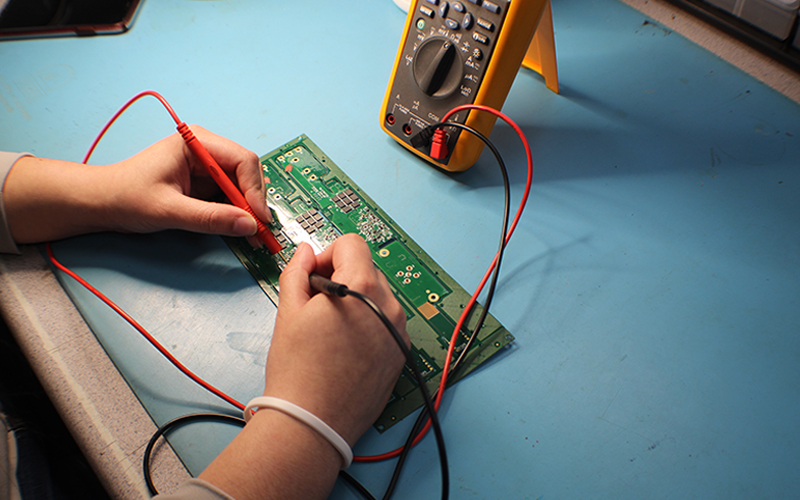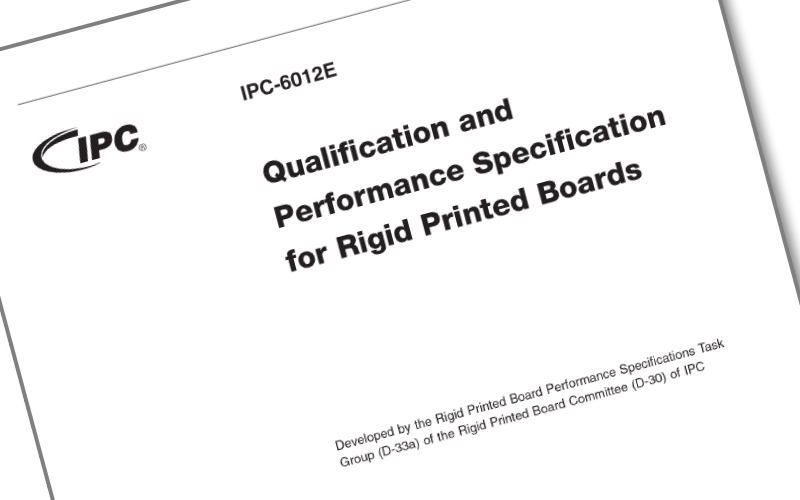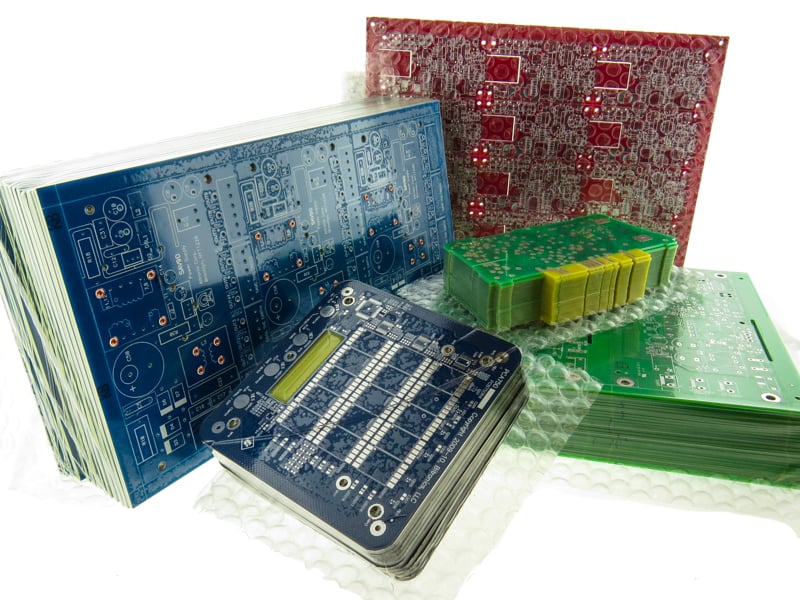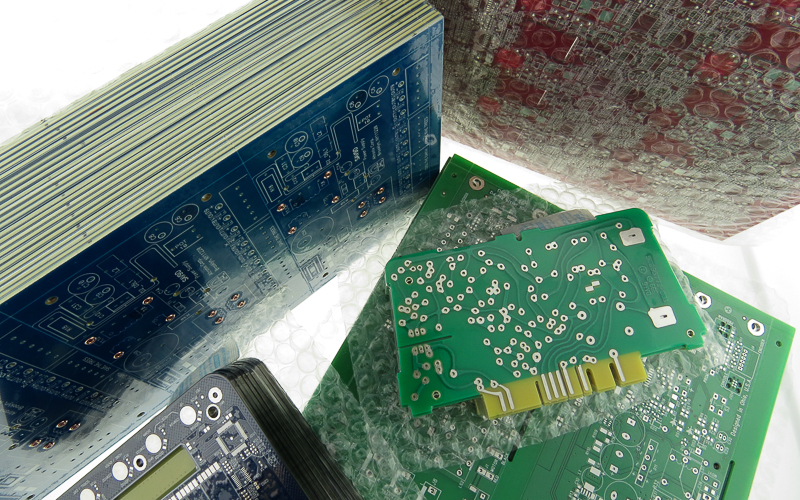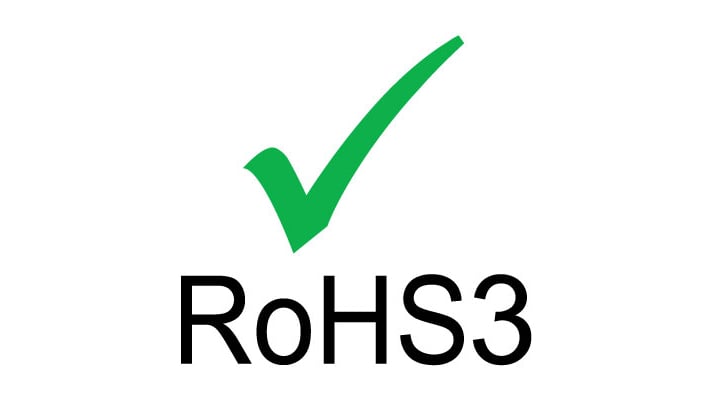When I first started thinking about printed circuit board (PCB) testing, my immediate reaction was boredom. Let’s be honest, it doesn’t have the hands-on excitement of building the circuit board itself. You're not designing the PCB; you're just running it through a tester, sorting it into a pass or fail bin, and moving on. I’ve done the job myself, so I know how repetitive it can feel.
In the highly competitive world of PCB manufacturing, innovation is the key to staying ahead. The choice of manufacturing processes can significantly impact efficiency, quality, and overall production costs.
The manufacturing of printed circuit boards (PCBs), especially flex and rigid-flex PCBs, involves intricate processes that require precision and expertise. Among the critical aspects of PCB manufacturing are surface finishing and stiffener bonding, both of which significantly impact the reliability and performance of the final product.
Quality and performance are key considerations during custom battery pack manufacturing. If these factors are overlooked, potential battery issues and low-performing packs may enter the market. They could cause malfunctions and damage to devices, or not offer enough power for devices to perform.
In the realm of printed circuit board (PCB) engineering, the design incorporates through holes as a means to establish connections across the board's various layers or secure the card during the assembly process. These through holes come in two distinct categories: plated and non-plated.
When it comes to faulty electronics, root-cause analysis is your best friend. Root-cause analysis is a process that helps you identify and correct the causes of problems. You want to find out why something went wrong so you can prevent it from happening again.
The purpose of IPC specification is to provide requirements for qualification and performance of rigid printed circuit boards based on the following constructions and/or technologies. These requirements apply to the finished product unless otherwise specified.
As our world continues to evolve to an online buying market for everything for our homes, schools, and offices, you may have noticed in some cases, the quality is not exactly what you thought you saw and bought online. We have all had that men’s XL shirt we bought for dad’s birthday arrive only to fit our 7-10-year-old, or the gift for Christmas arriving in January. Is it cost vs. quality, convenience vs. going out shopping, or is it the ongoing COVID-19 situation?
Printed circuit boards (PCBs) may go through extreme wear-and-tear based on environmental factors. They may be placed in applications where there will be fluctuating temperatures, extreme heat, extreme cold, high humidity, salt water, and excessive moisture.
Working in the manufacturing industry, you’ve probably noticed the letters RoHS or REACH on various documentation or even browsing our website. But, have you ever wondered what these letters stand for or what the certification that comes with them entails?


